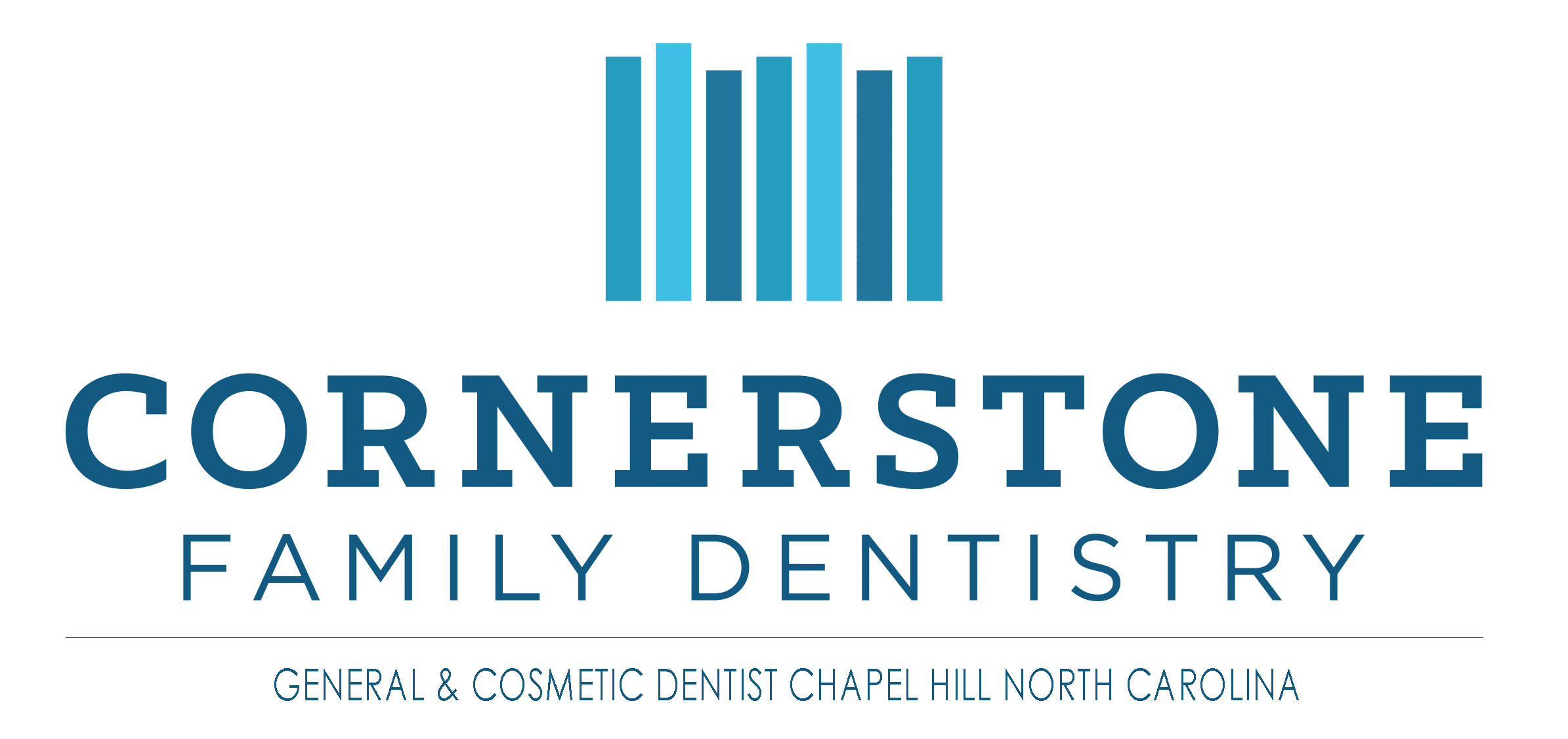What Causes Tooth Decay
Permanently damaged areas of the hard, outer tooth enamel, cavities develop into small openings or holes on the surface of the teeth. Also called caries or tooth decay, cavities are caused by several factors including bacteria in the mouth, frequent eating, consuming sugary foods and drinks, and improperly cleaning the teeth.
Amongst the world’s most common health conditions, cavities can occur in anyone but are especially common in children, teens, and elderly adults. If left untreated, cavities can get larger and impact deeper layers of the teeth leading to infection, severe toothaches, and possible tooth loss.
What Causes Tooth Decay?
The process for developing a cavity occurs gradually over time. Tooth decay develops through the following process:
- Plaque Forms: Dental plaque, which coats the teeth with a clear, sticky film, is the byproduct of consuming lots of sugars and starches and not cleaning the teeth properly. When starches and sugars are not cleaned off the teeth, harmful bacteria begin feeding on them to produce plaque. If not removed, plaque can harden into tartar (calculus) under or above the gumline. Harder to remove than plaque, tartar creates a barrier for bacteria further exacerbating the cleaning difficulties.
- Plaque attacks Enamel: Acids in the plaque remove minerals from the tooth enamel. This erosion leads to small holes in the enamel and signify the initial stage of a cavity forming. As areas of the enamel continue to wear away, the acid and bacteria can penetrate the next layer of the teeth known as dentin.
- Less resistant to acid and softer than enamel, tiny tubes in dentin communicate with the nerve of the tooth and is often responsible for sensitivity issues patients experience.
- Damage Continues: As the acid and bacteria continue to advance, tooth decay advances deeper to the inner tooth material. Known as the pulp, this material contains blood vessels and nerves that become irritated and swollen from the bacteria. Since there is nowhere inside the tooth for the swelling to expand, the nerves get compressed, leading to pain. Pain may also radiate from the tooth root to the bone.
Risk Factors
Anyone with teeth, from infants to elderly adults, are at risk of developing cavities but the following can increase the risk:
- Tooth Location: Because of their various pits, grooves, and multiple roots, tooth decay most frequently occurs in the back teeth (premolars and molars) since the areas are difficult to clean.
- Certain Foods and Beverages: Foods that stick to the teeth or that contain excessive sugars (candy, honey, ice cream, dried fruit, etc.) are more likely to cause tooth decay because they are not easily cleaned away by saliva.
- Frequent Eating/Drinking: If foods and beverages are continuously consumed throughout the day, the mouth does not have adequate time to restore equilibrium.
- Nighttime Feeding (infants): When infants are fed bottles of milk, formula, or juice before bedtime, the beverages remain on their teeth while they sleep giving the bacteria hours to feed.
- Fluoride Deficiency: Because of its benefits for preventing cavities and reversing early decay, people that do not get adequate fluoride are at higher risk of developing cavities.
- Inadequate Cleaning: Failing to clean the teeth after meals allows plaque time to form and the decay process to begin.
More on Tooth Decay: What is Tooth Decay?
